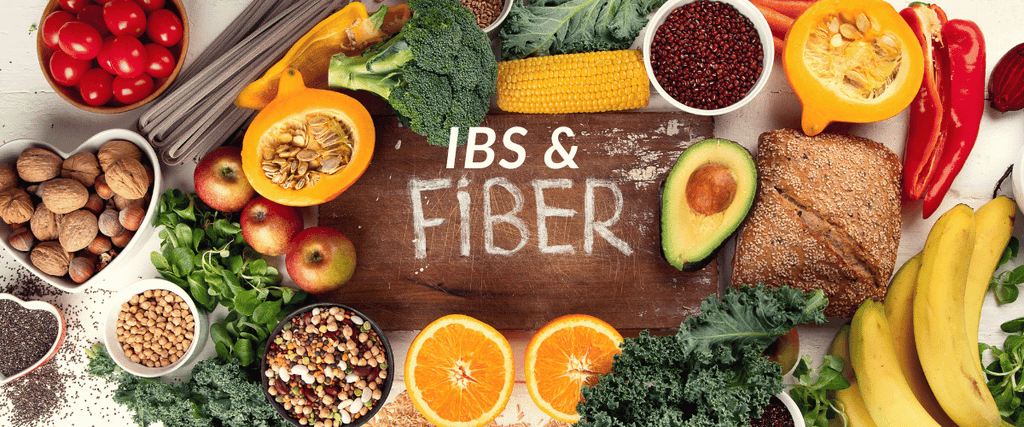SIBO Briefly Explained
BY JANICE

Normally, hardly any bacteria live in the small intestine of humans, while a large amount of bacteria (100 billion to 1 trillion germs per gram of stool) of various types live in the large intestine.
Bacterial overgrowth in the small intestine occurs when an increased number of bacteria can be detected in the small intestine (>100,000 germs per milliliter of small intestinal juice).
As the bacteria participate in the digestive process, diarrhea, fatty stools, flatulence, iron and vitamin deficiencies may result.
Usually, bacterial overgrowth of the small intestine occurs in patients after intestinal surgery (small bowel resection), inflammatory bowel disease (Crohn's disease), diverticula of the small intestine, or decreased bowel activity (motility disorder) due to another condition (e.g., diabetes mellitus, scleroderma, neurological disease).
Less commonly, a bacterial malabsorption of the small intestine is present without an underlying disease being found.
How to test for SIBO?
If bacterial colonization is suspected, you may perform a SIBO breath test with Glucose or synthetic sugar.
In rare, selected cases, it is necessary to prepare the small intestinal juice directly in a complex procedure and to prepare cultures in the laboratory, firstly to detect an increased bacterial colonization and secondly to detect the existing bacterial spectrum.
For this purpose, the small intestinal juice must be aspirated by means of gastroscopy.
You may also like
mdpi.com/1420-3049/23/10/2454




